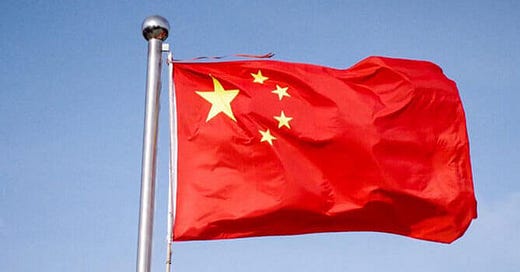Alberto Gabrielle and Elias Jabbour, in Socialist Economic Development in the 21st Century, maintain that a new type of socioeconomic formation has emerged in the world-economy. Several national economies, including China, have developed socioeconomic formations that mix socialist and capitalist modes of production in the framework of a socialist-oriented development strategy, in which the state exerts control over the national economy. This new type of socioeconomic formation, they note, must pursue its objectives in the context of a world-economy with a capitalist mode of production. See “Socialist socioeconomic formations: Lessons from real socialism in the global South,” June 7, 2022.
China’s post-1978 New Developmentalist approach
Gabrielle and Jabbour maintain that the People’s Republic, both in the time of Mao and since 1978, has forged two development projects that are developmentalist, that is, oriented to catching up with the central capitalist countries. Both d…


